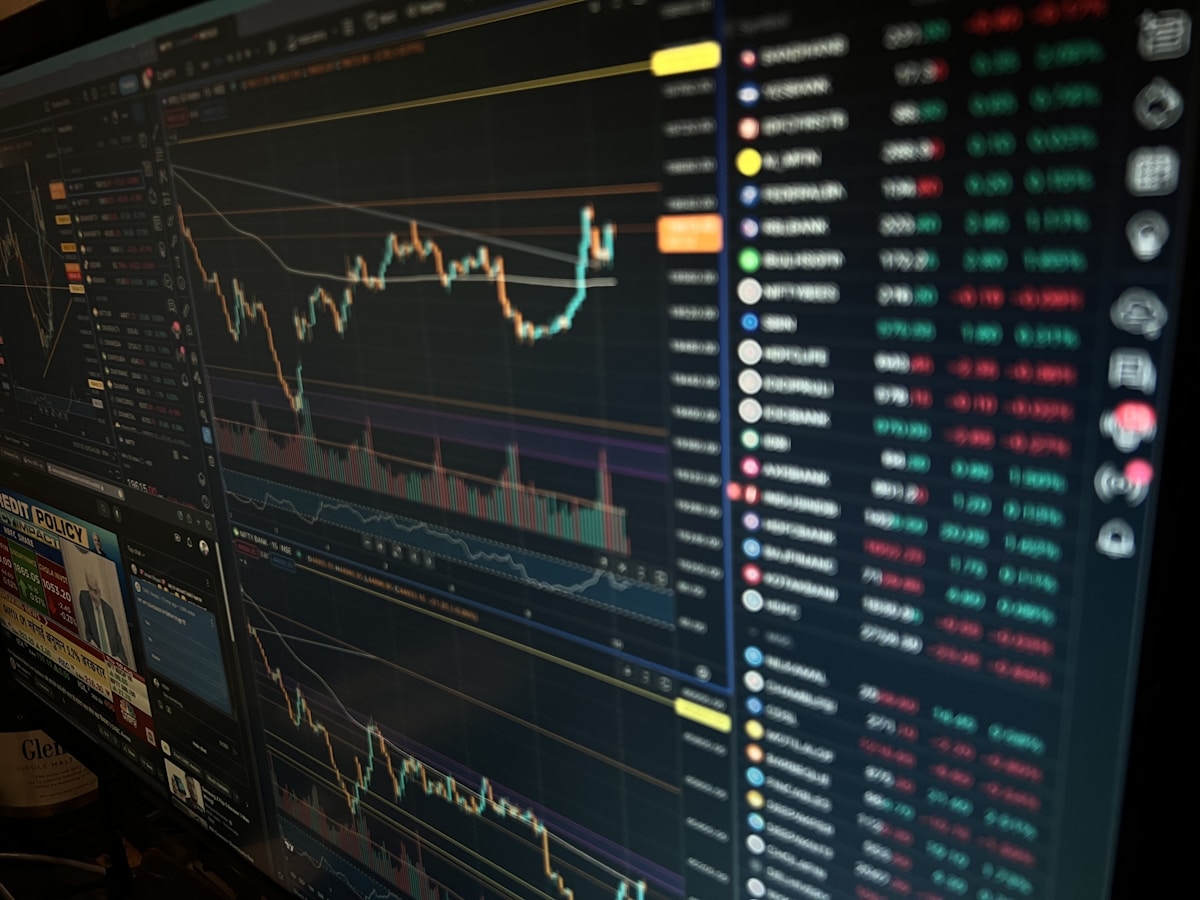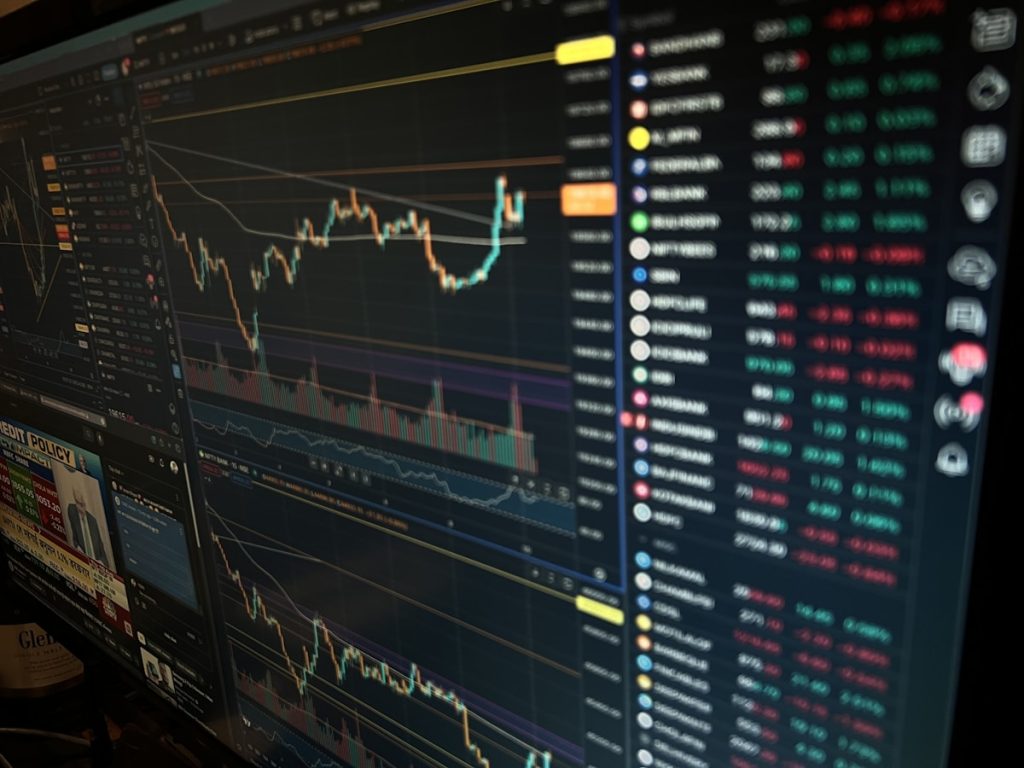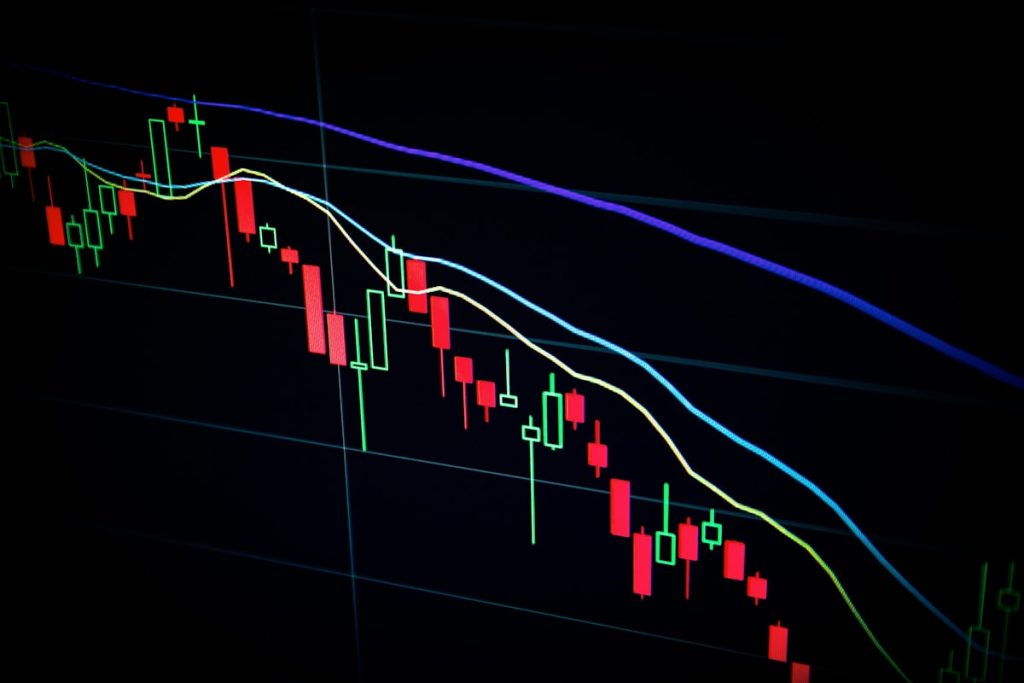Markets Are Shrugging Off Trump’s Tariffs: What the Experts Say
Short‑Term Shock, Long‑Term Resilience
When President Donald Trump announced a series of new tariffs on steel, aluminum, and a basket of Chinese goods, Wall Street’s initial reaction was predictably jittery. Within days, the S&P 500 slipped below its recent highs, and the dollar rallied on expectations of higher interest rates. Yet, a week later, equity indices had recovered most of those losses, and commodity prices began to settle. The rapid rebound has left many investors wondering why the market appears to be “shrugging off” what seemed like a major policy shock.
Key Factors Behind the Market’s Calm
Economists and market strategists point to three inter‑related forces that dampened the impact of the tariffs.
- Pre‑priced Expectations: Traders had already factored in the possibility of higher trade barriers after months of rhetoric from the White House. As a result, the announced rates were largely “priced in” to futures contracts, options, and equity valuations.
- Corporate Hedging Strategies: Multinational firms routinely hedge against currency fluctuations and commodity price swings. Many companies with exposure to steel and aluminum already locked in forward contracts, insulating earnings from the immediate cost shock.
- Policy Flexibility: The administration signaled a willingness to negotiate exemptions and “phase‑in” schedules. Early reports of carve‑outs for certain manufacturers and the prospect of a trade‑deal with China reassured investors that the tariffs would not be a permanent, blunt instrument.
Expert Perspectives
Below are insights from three analysts who track the intersection of trade policy and market dynamics.
Linda Cheng, Senior Economist, Global Markets Institute
“The market’s reaction is a textbook example of anticipatory pricing. By the time the tariffs were announced, most investors had already adjusted their risk models. What we’re seeing now is a validation of those models rather than a surprise.”
Mark Alvarez, Head of Fixed‑Income Strategy, Horizon Capital
“Fixed‑income markets are less sensitive to tariff announcements because the yield curve is driven more by monetary policy expectations. The slight uptick in Treasury yields reflected a modest re‑pricing of inflation risk, not a wholesale panic.”
Sarah Patel, Trade Policy Analyst, Brookfield Research
“The real story is the speed at which the administration is offering exemptions. Companies that rely on imported steel can apply for a waiver within weeks, which dramatically reduces the uncertainty that would otherwise weigh on earnings.”
What the Data Shows
Recent data from the Federal Reserve Bank of New York indicates that import‑price inflation has risen only 0.3 % in the month following the tariff rollout—well below the 1 % spike many feared. Meanwhile, corporate profit forecasts from the latest Bloomberg consensus have been adjusted downward by a modest 2 % on average, a revision that analysts describe as “manageable.”
Looking Ahead
While the market’s immediate reaction appears muted, experts caution that the longer‑term outlook remains uncertain. The durability of the tariffs will hinge on several variables:
- Negotiations between the United States and China, especially regarding intellectual‑property protections.
- Domestic political pressure from manufacturers who may see costs rise if exemptions are not extended.
- Potential retaliatory measures from trading partners, which could spark a broader trade conflict.
For investors, the consensus is to maintain a diversified portfolio, keep an eye on earnings reports from tariff‑sensitive sectors, and monitor policy signals from the White House and the Treasury.



